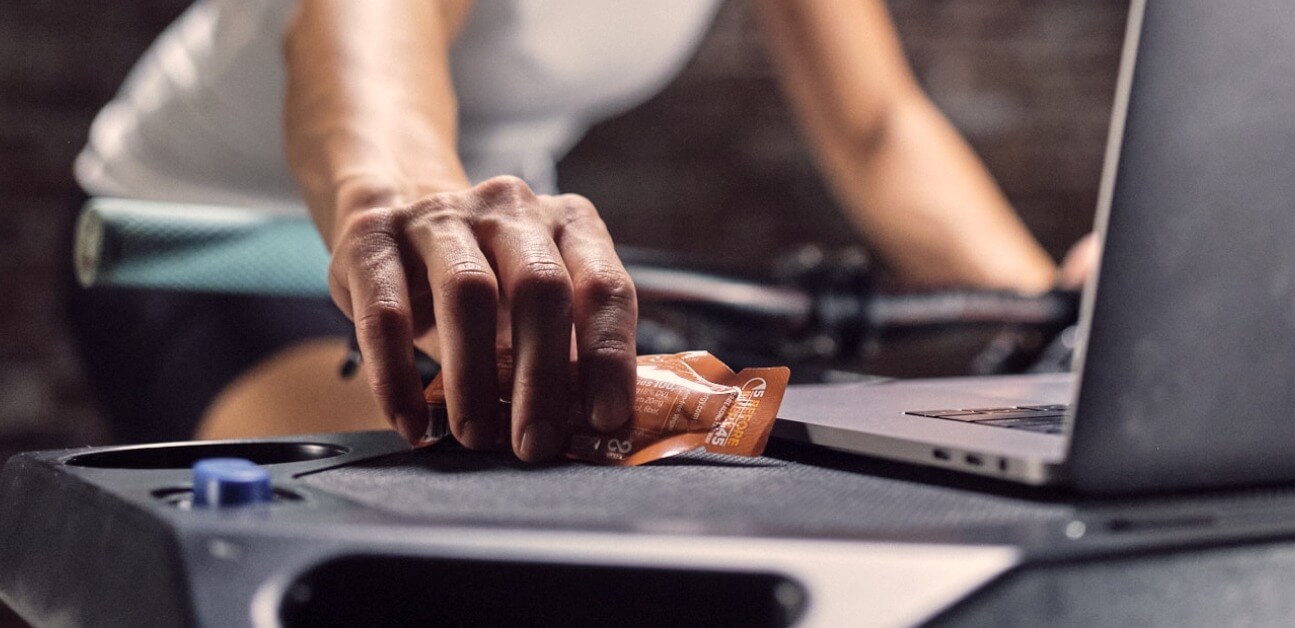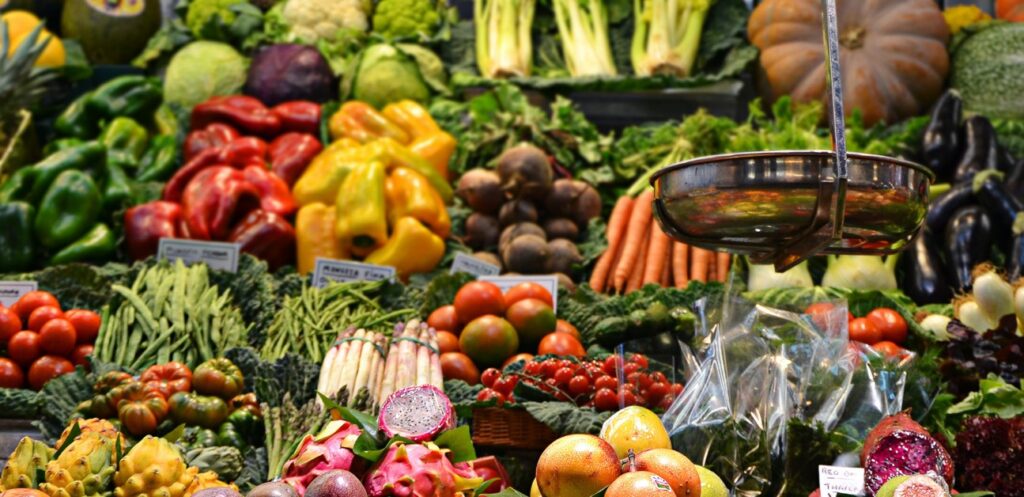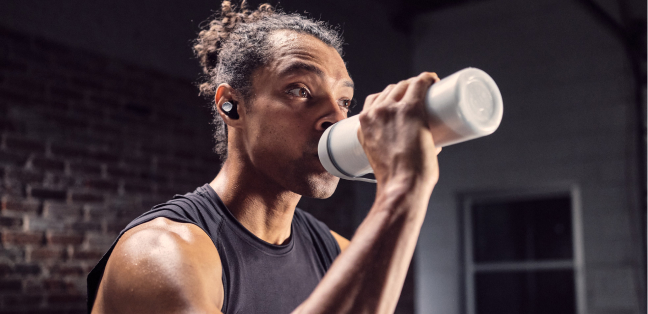Best Cycling Food: On and Off the Bike

Eating the right food at the right time can make all the difference in your training. The best food for cycling isn’t the same for every athlete, though, and will change with the timing, intensity, and duration of your upcoming workout.
How to Find the Best Food for Cycling
When you are a cyclist, fueling is a full-time job. You need nourishment to keep up with the energy demands of cycling, recover between workouts, and adapt to harder training loads. When it comes to fulfilling these needs, there isn’t a singular best meal for every cyclist, though. The best foods for cycling will change with your individual needs and the duration, intensity, and timing of your upcoming workout. The best thing you can do for your cycling nutrition is to find the foods that meet the demands of your training but also work well for you and your individual needs.
Initially, it can take a bit of trial and error to discover what works for you and what doesn’t. Once you find the best cycling foods for you and your training though, nourishing yourself on and off the bike is second nature. To help you determine which foods are the best for you, here are some guidelines for fueling cycling workouts, popular foods for endurance athletes, and how to optimize your nutrition before during, and after your workouts.
Before a Ride
What you eat before your workout will be one of your main sources of fuel during training. For higher intensity workouts, completed at or above the Sweet Spot zone the best thing you can do for your training is to consume plenty of carbohydrates beforehand. Carbs are your main source of energy during intense exercise—the more intense the activity, the more your body relies on the quick energy of glucose.
This is why we recommend consuming a substantial carb-based meal three to four hours before the start of your workout. This time frame gives you enough time to process some of the more complex carbs and proteins that you might take in during a full meal so that many of them can be readily available as a source of fuel during your workout. Sweet potatoes, legumes, pasta, and whole grains are all excellent sources of carbohydrates and great bases for a larger meal. If you have a lower-intensity workout on the Calendar, you don’t have to emphasize carbohydrates as much in your pre-workout nutrition. With that said, continuing to take in some form of carbohydrate alongside other essential nutrients, proteins, and fats will help keep your glycogen stores topped off in preparation for other more intense workouts later on.
Adaptive Training
Get the right workout, every time with training that adapts to you.
Check Out TrainerRoadIf you get hungry between your main meal and your workout, eating a snack an hour or so before training can help keep you full. If you do eat a snack in the hour before training, you’ll want to stick to quick and simple fuels. Heavier, more complex foods can sit in your gut unutilized, causing discomfort during training. Fruit, smoothies, toast with spread, bars, bagels, and oats are a few good snacks to eat an hour before your workout.
What to Eat for Early Morning Workouts
When you’re training early in the morning, you typically don’t have a three-hour window to eat and digest a substantial carb-rich meal. When presented with this challenge, some athletes choose to skip breakfast and complete their morning workouts fasted. While this is okay to do during low-intensity workouts less than an hour-long, we generally don’t recommend skipping breakfast before rides. Instead, we recommend trying to get in a smaller and lighter carb-rich meal as early as you can. Oatmeal, toast, bagels, pancakes, fruit smoothies, and protein shakes are a few popular choices among early risers.
Early Morning Tip: Preparing your early morning nutrition the night before you train saves you time in the morning and helps guarantee you won’t skip your meal before training.
During a Ride
What you eat before your workout isn’t your only source of fuel during training. Consuming extra calories during your ride helps ensure that you have enough fuel onboard to sustain your output. Because it’s the body’s preferred fuel source continuing to take in carbohydrates is the best way to stay fueled during a hard ride. For rides lasting longer than an hour, you should try to take in a minimum of 60-90g of carbohydrates per hour. If you have experience eating carbs on the bike, you might be able to take in even more than this.
Liquid fuel in the form of drink mix is one of the easiest ways to meet your carb intake on the bike. For the most part calories in liquid form are effortless to take in, hard to forget, and quick to work. With a wide variety of options, you have the flexibility to decide exactly what goes in your bottle and what flavors you prefer most. Another easy way to consume numerous calories during your ride is with energy gels. Energy gels are a quick form of fuel, that typically contain a high concentration of carbohydrates, sugars, and in some cases caffeine. They’re easy to eat on the move, and paired with a water bottle containing drink mix, they can be all that you need for the majority of your training workouts.
With that said, for some athletes, liquid fuels and gels can lose their appeal when they’re the only source of calories on a long ride. Similarly, on longer rides and races you might be craving something a bit more substantial. Taking in some simple solid foods like energy bars and blocks or fruits and baked goods, if you prefer less-processed fuels, are both great ways to get carbs and sugar in on the bike while also putting something solid in your stomach. Pairing solid food with liquid nutrition or gels helps make you feel full during a longer ride while also diversifying your intake.
During low-intensity workouts that are less than an hour, you can get away without taking in any fuel during the workout. During workouts like these, the fuel you’ve taken in before your workout should be enough to fuel this low-intensity effort. With that said, low-intensity workouts can be a great place to experiment with nutrition to find what sits well with you, and maybe what doesn’t.
After a Ride for Recovery
Once you finish your workout, your nutrition shifts from fueling the work to fueling the recovery. And what does your body want after it’s done training? You guessed it. More carbs. Your system’s demand for carbs and protein after your workout is what makes recovery shakes one of the best things to consume after a workout. With a protein shake, you can quickly get in more calories and control exactly how much carbs and protein you are getting after your workout.
When it comes to making your protein shake, what you put in it is largely up to you and your personal preferences. With that said, while there’s not really an “ideal” recovery drink, research trends suggest that recovery shakes ranging from 3:1 to 4:1 ratio of carbohydrates to protein might offer the most benefits to cyclists with no detriments to performance. In this combination, the carbs work synergistically with the protein to resynthesize glycogen and offer an opportunity for muscle synthesis. Incorporating protein into this ratio isn’t proven to be a necessary component in recovery fuel, but it seems to offer a potential benefit and no clear detriments. For more information on recovery shakes and nutrition, check out Timing Your Cycling Recovery Drink: What and When to Drink.

